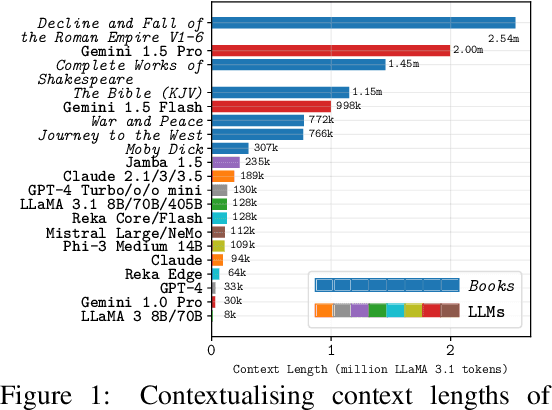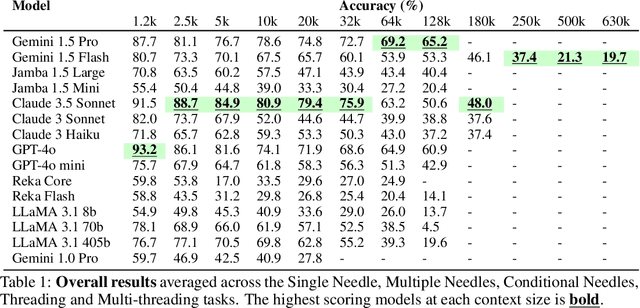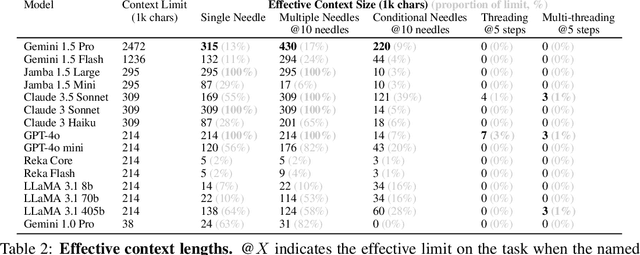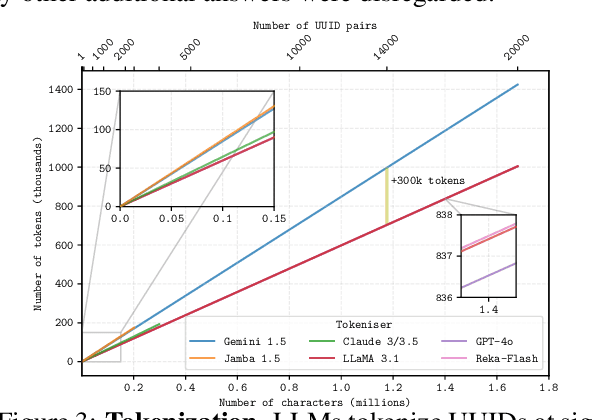Needle Threading: Can LLMs Follow Threads through Near-Million-Scale Haystacks?
Paper and Code
Nov 07, 2024



As the context limits of Large Language Models (LLMs) increase, the range of possible applications and downstream functions broadens. In many real-world tasks, decisions depend on details scattered across collections of often disparate documents containing mostly irrelevant information. Long-context LLMs appear well-suited to this form of complex information retrieval and reasoning, which has traditionally proven costly and time-consuming. However, although the development of longer context models has seen rapid gains in recent years, our understanding of how effectively LLMs use their context has not kept pace. To address this, we conduct a set of retrieval experiments designed to evaluate the capabilities of 17 leading LLMs, such as their ability to follow threads of information through the context window. Strikingly, we find that many models are remarkably threadsafe: capable of simultaneously following multiple threads without significant loss in performance. Still, for many models, we find the effective context limit is significantly shorter than the supported context length, with accuracy decreasing as the context window grows. Our study also highlights the important point that token counts from different tokenizers should not be directly compared -- they often correspond to substantially different numbers of written characters. We release our code and long-context experimental data.
 Add to Chrome
Add to Chrome Add to Firefox
Add to Firefox Add to Edge
Add to Edge